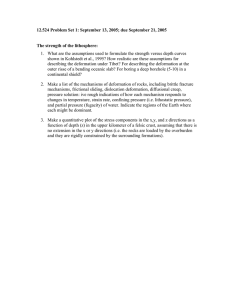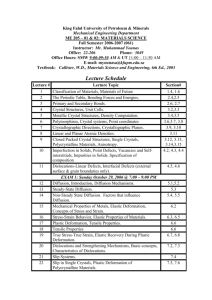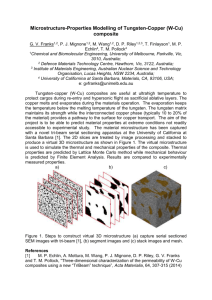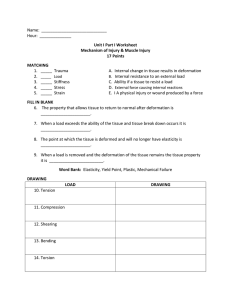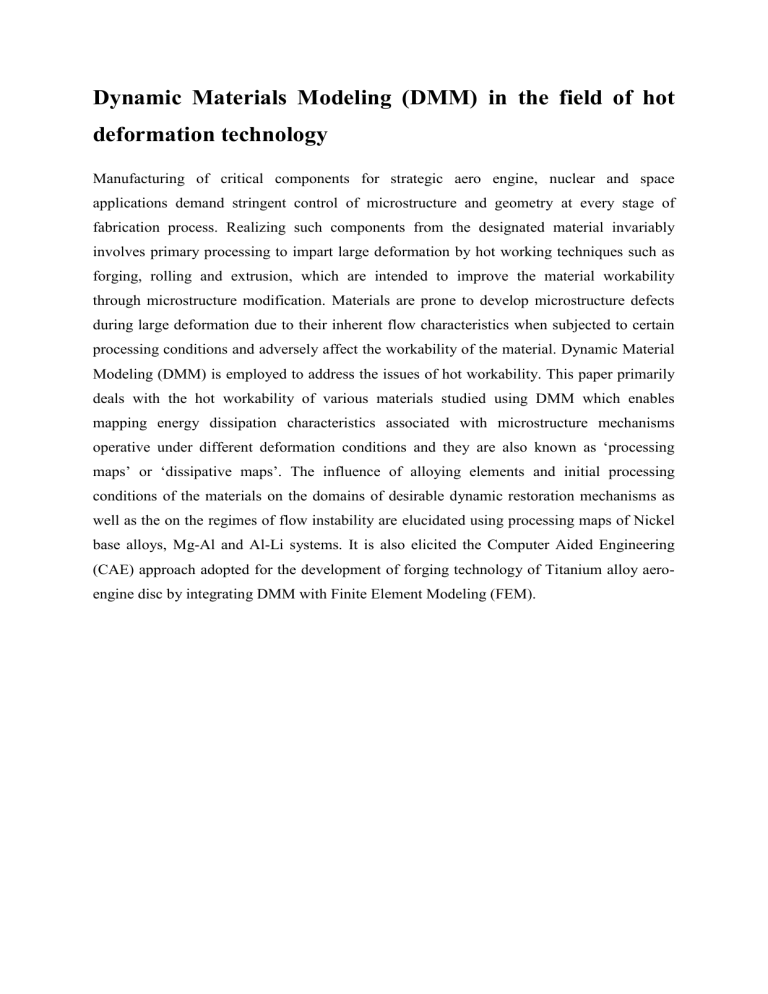
Dynamic Materials Modeling (DMM) in the field of hot deformation technology Manufacturing of critical components for strategic aero engine, nuclear and space applications demand stringent control of microstructure and geometry at every stage of fabrication process. Realizing such components from the designated material invariably involves primary processing to impart large deformation by hot working techniques such as forging, rolling and extrusion, which are intended to improve the material workability through microstructure modification. Materials are prone to develop microstructure defects during large deformation due to their inherent flow characteristics when subjected to certain processing conditions and adversely affect the workability of the material. Dynamic Material Modeling (DMM) is employed to address the issues of hot workability. This paper primarily deals with the hot workability of various materials studied using DMM which enables mapping energy dissipation characteristics associated with microstructure mechanisms operative under different deformation conditions and they are also known as ‘processing maps’ or ‘dissipative maps’. The influence of alloying elements and initial processing conditions of the materials on the domains of desirable dynamic restoration mechanisms as well as the on the regimes of flow instability are elucidated using processing maps of Nickel base alloys, Mg-Al and Al-Li systems. It is also elicited the Computer Aided Engineering (CAE) approach adopted for the development of forging technology of Titanium alloy aeroengine disc by integrating DMM with Finite Element Modeling (FEM).
